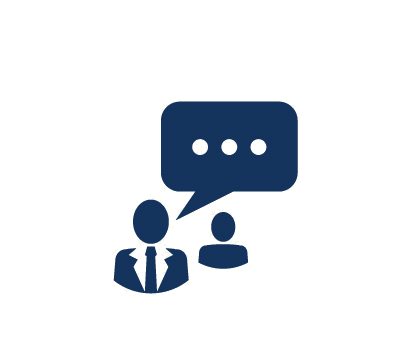Duration: 4 Days
This course focuses on basic administration, maintenance, and troubleshooting
tasks for Avaya Aura Messaging 6.1 including:
-
Solution features, components, architecture, and topologies
-
Setting up flexible storage with the additions of using Exchange Store or
VMware Zimbra store
-
Adding a mail gateway utilizing native and fax server options
-
Performing standard administrative tasks for Avaya Aura Messaging
-
Post-installation administrative tasks
-
Class of Server features and how to manage COS
-
Managing subscriber accounts
-
Administering system features
-
Managing user preferences and user features
-
Managing unified messaging
-
Updating software and add, modify, or remove sites
-
Integration capabilities with Avaya CS1000 support through Session
Manager
-
Administering third-party products, such as AudioCodes gateways and fax
servers
-
Downloading service packs and optional languages
-
Interpreting logs and reports in troubleshooting
What You Will Learn
-
Features and architecture solutions of Avaya Aura Messaging
-
Key concepts of Avaya Aura Messaging Administration, Maintenance and
Troubleshooting
-
Administration steps for post-Implementation administration
-
Administer the flexible storage roles, as appropriate, for Avaya Store,
Exchange Store and VMware Zimbra store
-
Avaya Aura Messaging maintenance tasks
-
Troubleshoot issues by interpreting logs and reports
Audience
Avaya associates, business partners, and customers who will administer, maintain, and troubleshoot Avaya Aura Messaging
Prerequistes
- Telephony and messaging system knowledge and experience
- We recommend Avaya Aura Messaging Implementation (5C00062V) for students
responsible for implementation tasks
Course Outline
1. Avaya Aura Messaging Key Concepts
-
Features, Functions, and Components
-
System Architecture
-
Topology Options
2. Messaging System Post-Installation Administration
-
Administering CDOM
-
Creating Role-Based Access Control (RBAC) Roles
-
Adding and Modifying Privileged Login Accounts
-
Adding, Modifying, and Removing a Class Of Service
-
Adding a New Site and Modifying an Existing Site
-
Topology Settings
-
Adding and Removing an Application Server
-
Password Properties and Setting the Caller Applications Password
-
Adding Users
-
Viewing and Modifying User Properties
-
Deleting Users from the Messaging System
3. System Administration
-
Planning and Implementing the Enhanced List Application (ELA)
-
System Broadcasts
-
Information Mailboxes
-
Setting Up Text Messaging and Email Notifications
-
Adding a Mail Gateway
-
Caller Applications (Caller Apps)
4. Exchange Administration
-
Exchange Store
-
Configuring an Exchange Store
-
Configuring Avaya Aura Messaging for Exchange
-
Enabling Users for Exchange
-
Leaving and Retrieving Voice Messages for Exchange
5. User Features
-
Managing User Preferences:
- General
- Reach Me
- Notify Me
- My Phone
- Creating or Modifying Personal Lists
- Modifying User Password
- Advanced Tasks
-
Unified Messaging Qualities of Avaya Aura Messaging
6. Clientless Outlook Toolbar
-
Avaya Aura Messaging Form
-
Supporting the Avaya Aura Messaging Toolbar in Microsoft Outlook
-
Accessing Messages in Exchange through Outlook for Avaya Message Store
-
Using the Clientless Outlook Toolbar
7. Alarms, Events, and Logs
-
Identifying, Managing, and Viewing Events Alarms
-
Executing and Viewing Logs
8. Reports
-
Viewing and Executing Reports
-
Managing Reports by Viewing/Running:
- User Reports
- Info Mailboxes
- Remote Users
- Uninitialized Mailboxes
- Login Failure
- Locked Out Users
9. Maintenance and Troubleshooting
-
Performing a Database Audit
-
Verifying and Restarting LDAP Process
-
Verifying IMAP/SMTP Status and Administering Settings
-
Displaying Voice Equipment Status
-
Administering Trusted Certificates
-
Testing Alarm Originations
-
Testing Connections
-
Running Application Server Diagnostics
10. Upgrades and Migration
-
Options
-
Scenarios
-
Upgrading Legacy Modular Messaging Hardware
Course Labs


